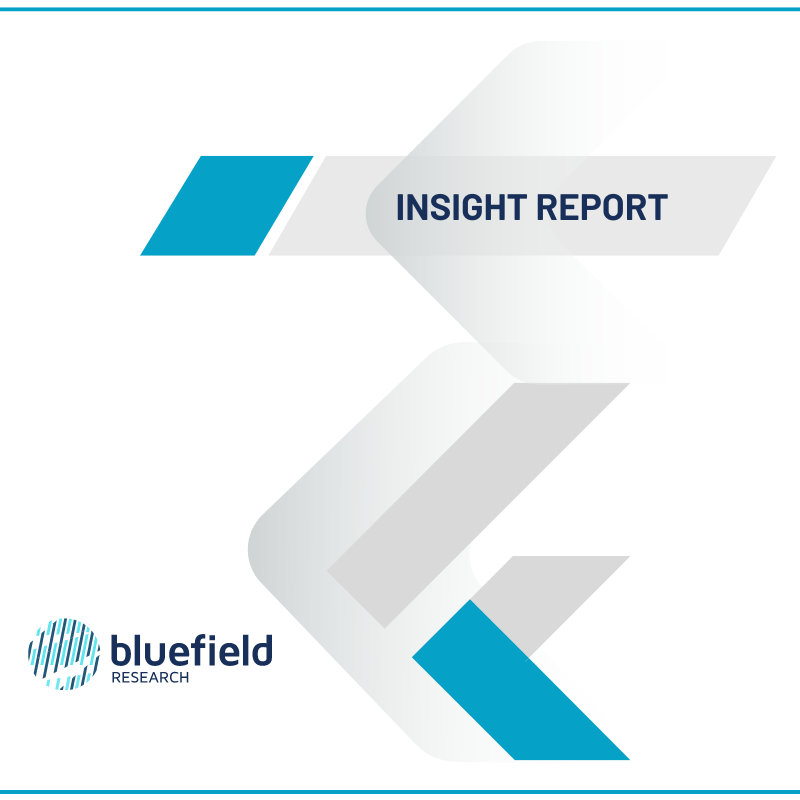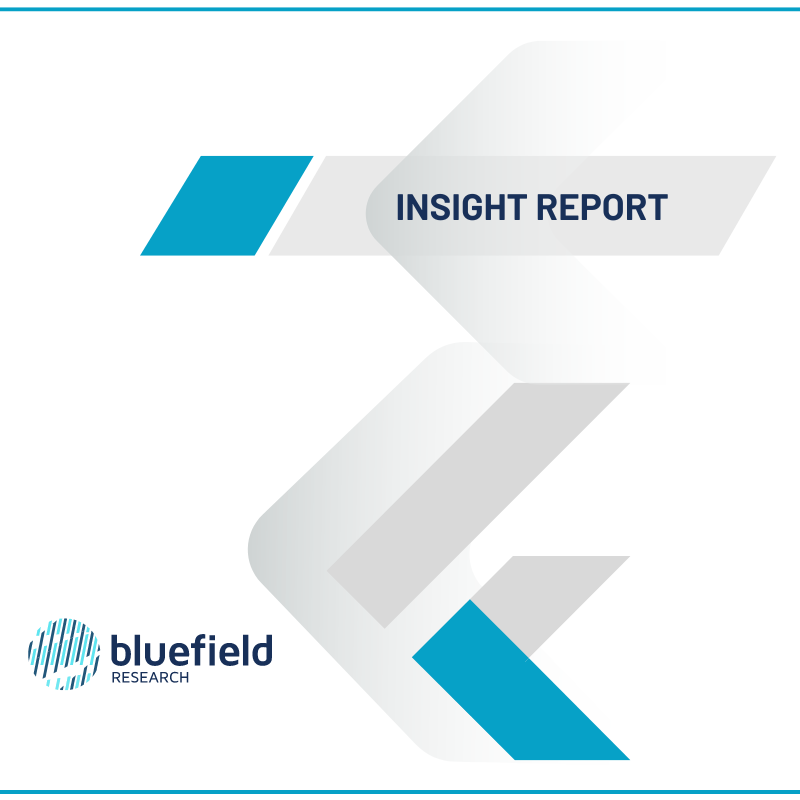
Table of Contents - Non-Revenue Water
Section 1: Introduction to Non-revenue Water
- From Source to Tap: The Water Distribution Network
- NRW: Cause and Effect
- National Infrastructure Needs
- Leakage Economics: Balancing Cost with Water Loss Control
Section 2: Water Audits: Terminology, Methodology, and Policy
- Water Loss Auditing
- National Policy Landscape for Water Loss Data
- Water Loss Reporting Standards, by State
Section 3: Data Analysis: Sizing U.S. Non-revenue Water and Water Losses
- Research Methodology and Data Sources
- U.S. Non-revenue Water
- Key Metrics for Calculating U.S. Water Loss and NRW
- Water Loss and NRW by System Size
- Calculating Water Losses by Ownership Type
- U.S. Water Losses by Volume
- U.S. Water Losses by Estimated Cost
- The Water Sector's Carbon Impact
Section 4: Water Loss Reduction Solutions and Strategies
- A Suite of Solutions
- Infrastructure Solutions
- Digital Solutions
- Policy Solutions
- Collaborative Solutions
